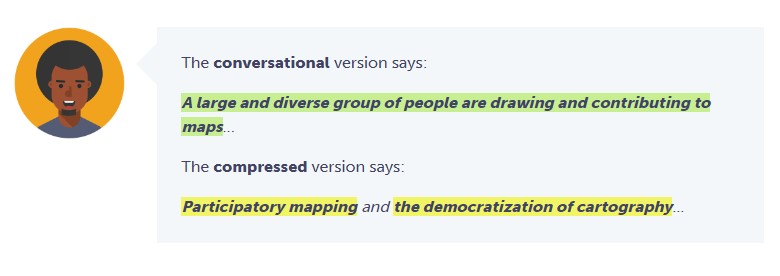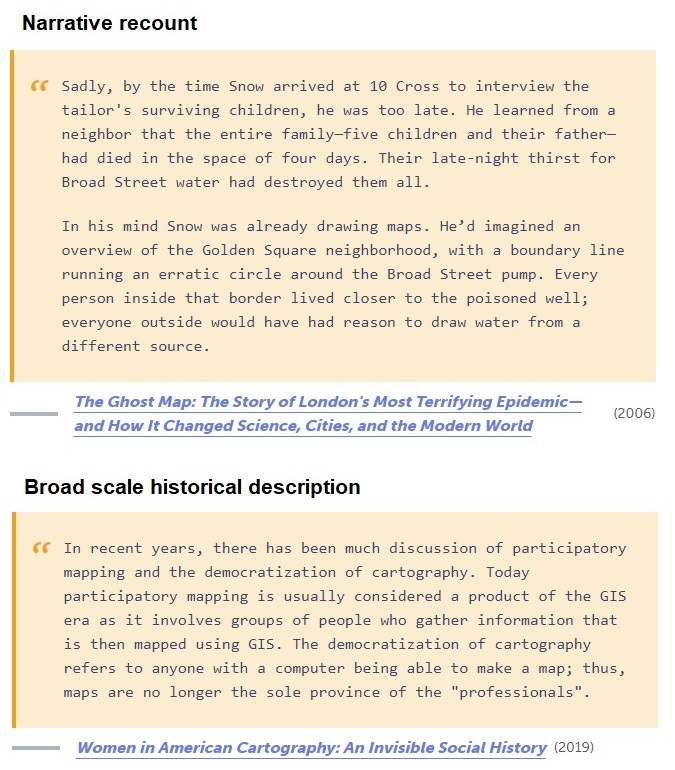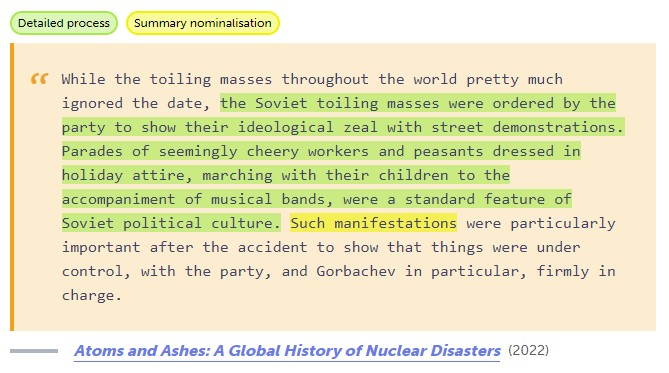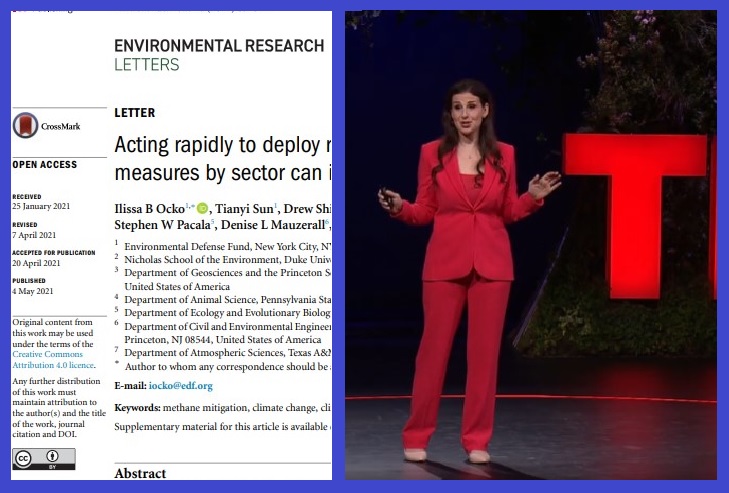Nominalisation—where we treat processes & qualities, grammatically speaking, as things—is a crucial skill in advanced history and social science writing.
But it's hard to teach! We created a nominalisation lesson years ago, but we've never featured it in the lesson library because we never felt like we nailed it. (You can still see the old version here.)
Finally, we've had a chance to sit down and start again from scratch, and we're pretty happy with the result!
What's the point of nominalisation?
As in our other functional grammar lessons, we focus on the purpose of nominalisation—framing it as a tool that helps you write about complex ideas efficiently and expressively.
We start by introducing scales of history writing, from a low-level narrative recount to a high-level historical description.
We show how, as the scope and scale of the content expands, writers need to use more abstract and compressed language.
Making your own nominalisations
We show students how to make nominalisations using nominal suffixes, summary, and coinages or specialised terminology:
And we show how the flexible nature of noun groups means you can use all sorts of colourful verbs and adjectives to describe a nominalised process' relationship to the world—and each other:
Knowing your audience
Because nominalisation can often make a text more challenging to read, so we wrap up by discussing when you might choose to use a nominalised style versus a conversational style.
We use the example of atmospheric researcher Ilissa Ocko, who presented her research on methane to fellow researchers through a journal publication and to a lay audience through a TED talk.
For such a sophisticated concept, this is actually quite a short lesson, but it's a great starting point, and we hope you and your students find it helpful.
You can explore the new Nominalisation lesson here.
Let us know if you have any feedback!





